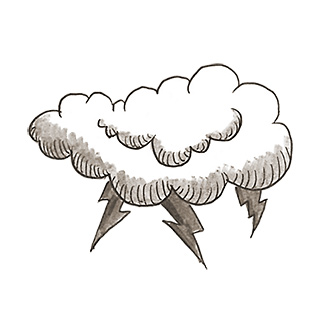
Related Questions
- Is there a way to harness electricity from lightning?
- What happens to electricity when nothing is plugged into an outlet?
- Can we calculate the efficiency of a natural photosynthesis process?
- What is a short circuit?
- Could we use exercise machines as energy sources?
- What’s the difference between AC and DC?
- Which engine is better at high altitude: diesel or gasoline?
- Is it possible to collect energy from foot traffic?
- Why can’t fusion energy solve the global energy crisis?
- Can sound be converted to useful energy?
What is “clean” coal?
“Clean” coal does not mean running the black sooty stuff through the washer. The phrase refers to technologies that mitigate or avoid pollutants or CO2 emissions generated by converting coal for electric energy…
By Deborah Halber“Clean” coal does not mean running the black sooty stuff through the washer. The phrase refers to technologies that mitigate or avoid pollutants or CO2 emissions generated by converting coal to electric energy, says János M. Beér, professor emeritus of chemical and fuel engineering.
Low-cost, easily transportable and widely available, coal is the primary fuel for generating electricity in the US and many other countries. The problem is that coal combustion contributes to global warming by adding more carbon dioxide to the atmosphere per unit of electricity than other fossil fuels.
To burn coal more cleanly, a number of technologies — some already in commercial use — have been developed. These include:
- using new high-temperature, high-strength alloys to increase coal plants’ boiler pressure and temperature, resulting in an increase in efficiency of up to 25 percent, so that less coal is used and less pollutant emitted per unit of electricity generated;
- converting coal to a “synthesis gas” of mainly carbon monoxide and hydrogen, which is cleaned of contaminants before being used in a gas turbine;
- capturing CO2 from fossil fuel combustion or gasification, compressing it and storing it deep underground.
“Well-funded research, development, and demonstration of successful deployment are critical for the timely success of clean coal technologies,” Beér said.
Posted: December 12, 2008